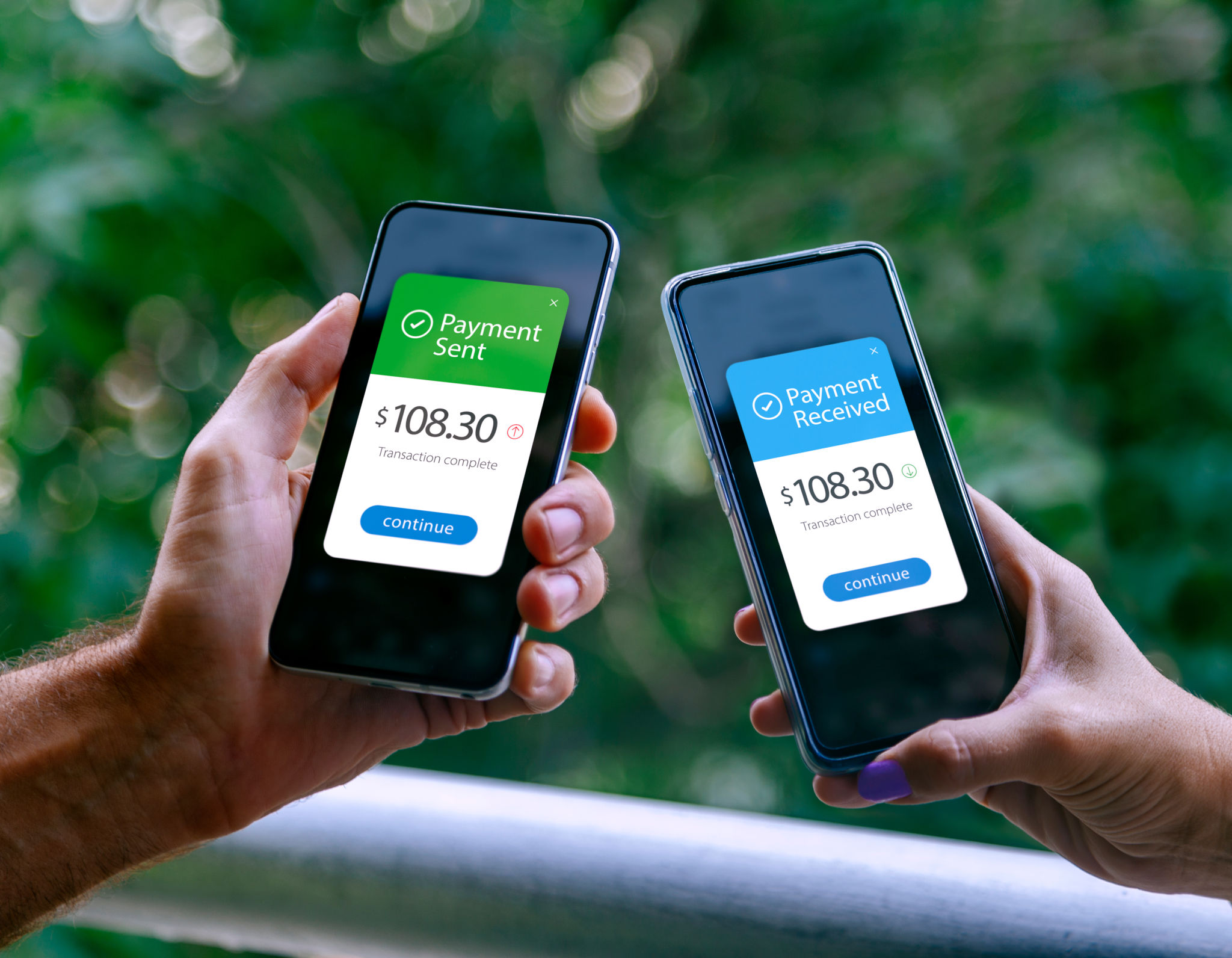Telcoin vs. XRP vs. Stellar: The Battle for Global Adoption
Understanding the Contenders
In the ever-evolving world of cryptocurrencies, specific projects stand out due to their unique propositions and potential for global adoption. Among these, Telcoin, XRP, and Stellar have garnered significant attention. Each offers distinct features and addresses different aspects of the financial ecosystem, making them strong contenders in the race for widespread use.
Telcoin focuses on leveraging blockchain technology to revolutionize the telecommunications industry, XRP aims to facilitate real-time cross-border payments, and Stellar seeks to create an inclusive financial system by connecting people, payment systems, and banks. But which one has the edge in the battle for global adoption?

Telcoin: Bridging Telecom and Blockchain
Telcoin is designed to integrate with mobile networks to provide fast, affordable digital remittances to anyone with a mobile phone. By partnering with telecom operators, Telcoin aims to tap into existing mobile money ecosystems, enabling seamless transactions across borders. This approach leverages the widespread reach of telecom networks, providing a potentially vast user base.
The key advantage of Telcoin lies in its ability to reach underserved populations who lack access to traditional banking services. By offering a service that is both accessible and cost-effective, Telcoin has the potential to drive financial inclusion in regions where traditional banking infrastructure is limited.

XRP: Streamlining Cross-Border Transactions
XRP, developed by Ripple Labs, is designed to facilitate real-time cross-border payments. It aims to eliminate the inefficiencies and high costs associated with traditional international money transfers. XRP's value proposition lies in its capability to provide liquidity on demand, making it an attractive solution for financial institutions and banks.
By using XRP as a bridge currency, financial institutions can settle transactions in seconds rather than days. This speed and efficiency make XRP a strong contender for becoming the backbone of international money transfers, especially in a globalized economy where instantaneous transactions are increasingly vital.

Stellar: Building an Inclusive Financial Network
Stellar's mission is to create an open financial system that connects people from all walks of life, regardless of their geographical location. By facilitating low-cost transactions, Stellar aims to empower individuals who are often excluded from the traditional financial system. Its platform enables users to issue, transfer, and trade digital representations of various currencies.
What sets Stellar apart is its focus on connecting payment systems, banks, and people with minimal friction. Stellar's consensus protocol allows for fast and secure transactions without the need for mining, making it both energy-efficient and scalable. This approach has gained traction with organizations looking to leverage blockchain technology for social impact.

The Road to Global Adoption
The journey towards global adoption for any cryptocurrency is fraught with challenges. Regulatory hurdles, technological barriers, and market acceptance are just a few of the obstacles these projects face. However, the unique propositions offered by Telcoin, XRP, and Stellar position them well to overcome these challenges.
Each project brings something different to the table: Telcoin's integration with mobile networks offers accessibility; XRP's focus on cross-border efficiency appeals to financial institutions; and Stellar's inclusive approach promotes financial equality. Their success will largely depend on how well they can execute their visions while navigating the ever-changing regulatory landscape.
Which Will Prevail?
Determining which cryptocurrency will ultimately achieve global dominance is complex and speculative. Telcoin's ability to capture the mobile market could provide significant leverage in developing regions. XRP's partnerships with major financial institutions offer a pathway into mainstream finance. Meanwhile, Stellar's commitment to inclusivity might attract users looking for social impact.
The outcome of this battle will likely be influenced by factors such as technological advancements, regulatory developments, and market demand. As these projects evolve and adapt to changing conditions, they will continue to shape the future of the global financial landscape.
